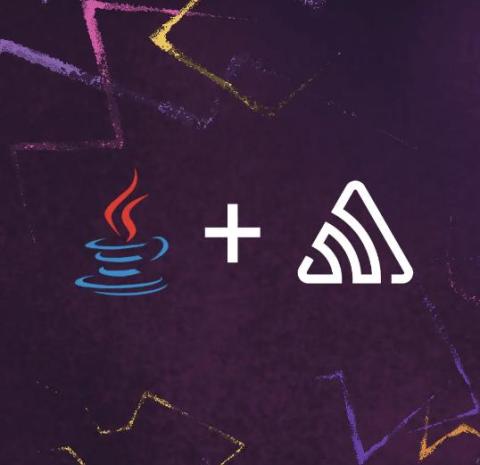React.js Performance Guide
Which JS framework is the most performant? React, Vue, Svelte, Angular,…? When trying to answer this question, we often get lost in comparing benchmarks for reactivity, bundle size, memory usage and other factors. Of course we want to choose the best framework to create performant apps! But your app will only benefit from framework performance if you also follow best practices for performance optimization of web apps in general, and React apps in particular. So, where to start?











